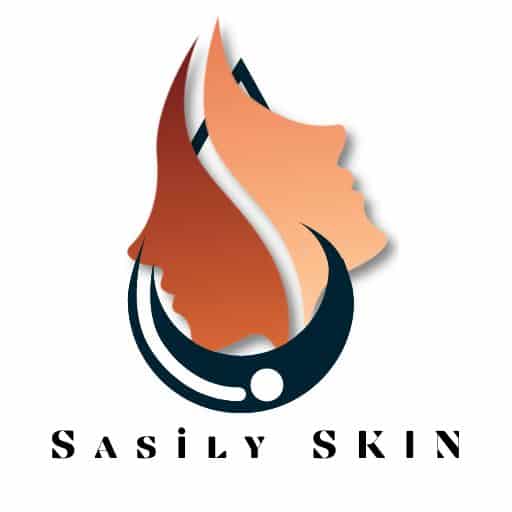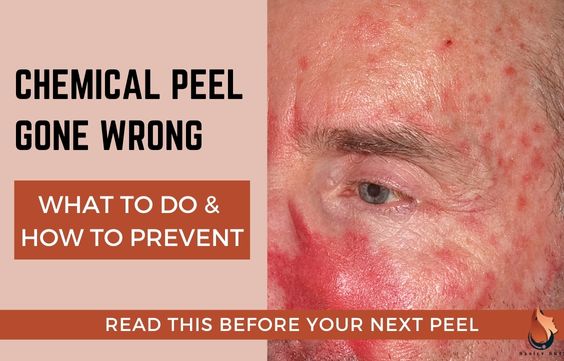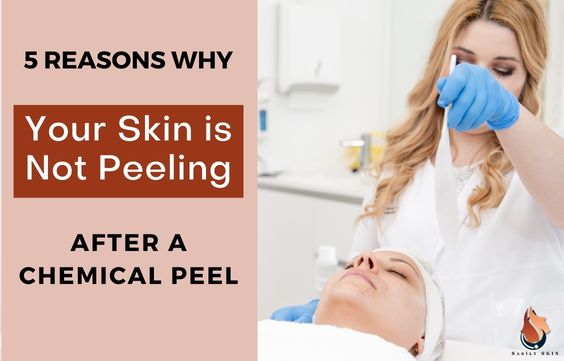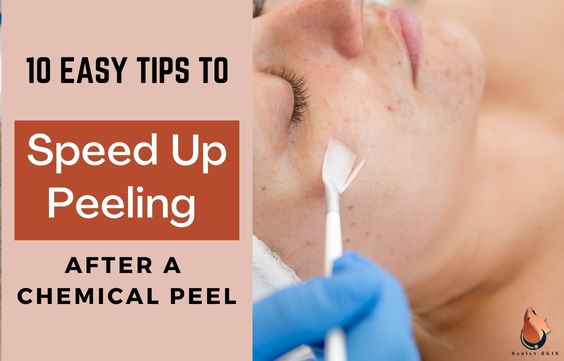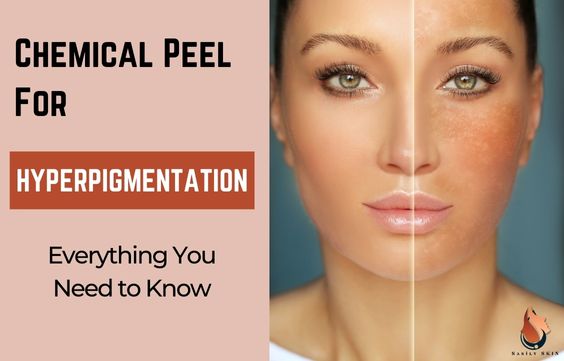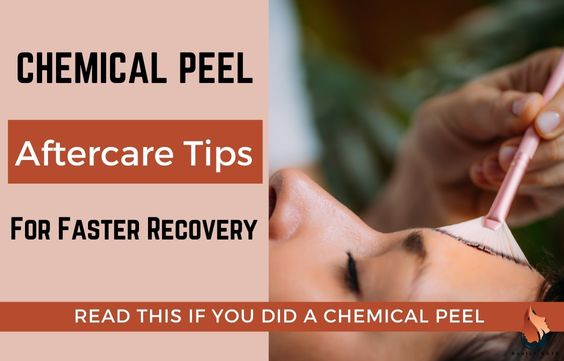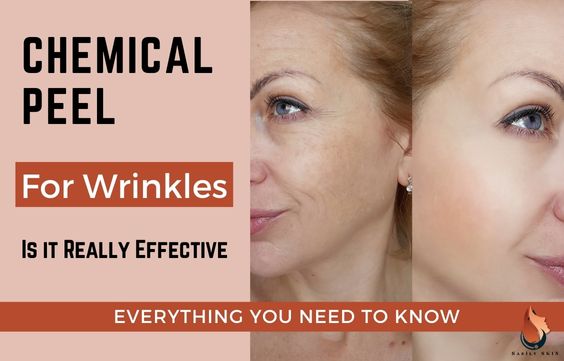Can You Get a Chemical Peel When Pregnant or Breastfeeding
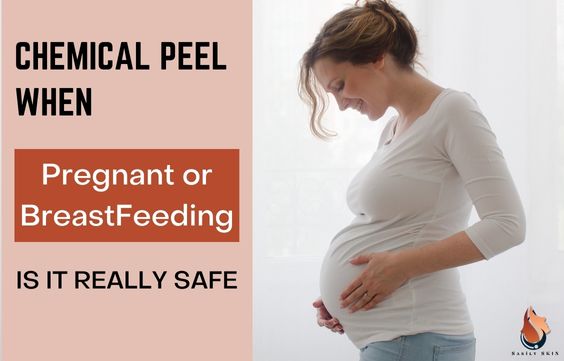
There are many different types of chemical peels and some of them can safely be used when pregnant and during the breastfeeding period. These types of peels usually only penetrate the skin on a surface level which makes them safer.
But your primary source of advice and instruction should be from your obstetricians and dermatologist. This article is meant purely for informational purposes so that you can have an informed conversation with your dermatologist or doctor. It is not meant to be used to make medical decisions.
Now in this article, we are going to go through:
- The types of Chemical Peels that are considered safe when pregnant or breastfeeding
- The types of chemical peels that you should avoid when pregnant or breastfeeding.
- Precautions that you need to take when having a chemical peel and you are pregnant or breastfeeding.
- And we are gonna recommend a safer alternative to a chemical peel.
One of the safest types of peels is Enzyme Peel click here to learn the Benefits, Side Effects, and Cost
What Types Of Chemicals Peels Should Be Used When Pregnant Or Breastfeeding
Generally, it is recommended that pregnant women stick to chemical peels that are light and superficial. The more deeply the chemicals penetrate the skin, the more potential there is for them to get absorbed into the body.
Therefore, because of how sensitive our bodies and our babies are during pregnancy, it is safer to avoid peels that penetrate too deeply and to further avoid any chemicals that are known to be harmful during pregnancy.
Related Article: Chemical Peel Gone Wrong – What to Do & How to Prevent
Types of Chemical Peels
A general classification of chemical peels is based on the depth of penetration; very superficial, superficial, medium-deep, and deep. The category the peels fall into would depend on the concentrations used.
The most commonly used chemical peels that are regarded as safe are mandelic acid peels, glycolic acid peels, and lactic acid peels, in specific concentrations and applications.
1- Mandelic Acid Peel & Pregnancy
What is Mandelic Acid
One of the top pregnancy-safe choices of chemical peels is Mandelic Acid. It is an alpha hydroxy acid (a fancy organic chemistry term for natural acid) that gently removes the top layer of dead skin cells.
Why is Mandelic Acid Consider Safe When Pregnant
The reason that this is considered one of the safest options for skin during pregnancy is that it has a larger molecular size, which means that it is harder and takes longer to penetrate the skin.
This means that it has a slim chance of being absorbed into the body in any quantity that is large enough to harm the baby or to cause any inflammatory responses that could worsen hyperpigmentation.
Benefits of Mandelic Acid For Pregnant Women
- Natural skin brightener. It works by inhibiting tyrosinase, the enzyme that stimulates melanin production and over production to cause hyperpigmentation.
- It also increases cell turnover which helps to disperse skin pigment and fade any existing marks or pigmentation spots.
All of this is super helpful for women who struggle with Melasma during pregnancy.
Melasma in pregnancy is the presence of dark spots on the face, almost like a mask, mostly on the cheeks. It is caused when changing hormones overstimulate melanocytes (the pigment-producing cells of the body). Citation.
Precautions When Using Mandelic Acid Pregnant
Of course, it is important to remember that even though Mandelic Acid is considered one of the safest acids that can be used for chemical peels during pregnancy, the risk will depend on how much of it is used.
Therefore, it is best to consult your doctor (obstetrician and/or dermatologist) for them to recommend a suitable concentration and for them to determine how often you can use it.
2- Glycolic Acid and Lactic Acid
What are Glycolic Acid & Lactic Acid
Both glycolic acid and lactic acid are similar alpha-hydroxy acids that, if applied in the right concentrations, will help to remove the top layer of dead skin cells from the skin, leading to very effective exfoliation.
Why Glycolic & Lactic Acid are considered Safe When Pregnant & Breastfeeding
Only a very small amount of AHAs are expected to be absorbed through the skin so both glycolic acid and lactic acid are expected to be relatively safe when used conservatively during pregnancy. Citation.
Specifically, glycolic acid is considered by the American College of Obstetricians and Gynecology (ACOG) as one of the OTC topical skincare agents that can be used safely under direction. Citation.
Precautions when using Glycolic Acid and Lactic Acid when pregnant or breastfeeding
Even though AHAs like glycolic acid and lactic acid are generally considered safe during pregnancy and during breastfeeding, it is best to err on the side of caution.
- Ask your doctor before you use any type of chemicals,
- It is recommended that you look at the label of your product to make sure that the concentration of the AHA is a low one (usually a safe concentration that is recommended by doctors is 7% or less). This will not limit your options too much and you will be able to ensure that you are not using too much. Citation.
- Best to avoid using these peels too often and to stick to short term use.
- You may also have to opt out of in-office procedures as they tend to use higher concentrations, but a consult before you jump ahead into the treatment will always be a good idea. Citation.
Related Article – What to Expect After a Chemical Peel & When Do You Recover
What Chemical Peels are Not Recommended When Pregnant
Both Salicylic Acid and Jessner’s Solution are considered to be Category C chemicals in regard to pregnancy (meaning use with care and caution). Therefore, we did not include those types in our list of safe chemical peels. Citation.
Salicylic Acid
Salicylic acid, when absorbed into the body, can cross the placenta and in certain quantities, can be toxic to the baby. Therefore, a rule of thumb is to avoid it altogether as different pregnancies have different levels of sensitivity and tolerance. Citation.
Jessner’s Solution
Jessner’s Solution is a combination of resorcinol (a skin-lightening agent which is contraindicated in pregnancy because of its risk for negative outcomes), Salicylic acid, and Lactic Acid. Some versions are also modified to include Trichloroacetic Acid (TCA).
Trichloroacetic Acid (TCA)
Studies have shown that TCA, regardless of its other uses, has been linked to low birth weight and fetal retardation in many pregnancies. Therefore, it is best to avoid using this solution for chemical peels during pregnancy. Citation
General Precautions to take before using any chemical peel When Pregnant or Breastfeeding
- Always consult your doctor (obstetrician and/or dermatologist) before using chemical peels
- Make sure that you consider all the topical medication and supplements that you are using before applying chemical peels to prevent adverse reactions and interactions
- Always conduct a patch test before going all in with your chosen chemical peel
- Always follow your pre-procedure care instructions so that you will have the best experience and outcomes.
- Ensure to follow your post-procedure care instructions as well, in order to maximize your results and to prevent any adverse effects.
- Keep in mind that AHA-containing products generally make you more sensitive to sunlight, so remember to use your SPF and limit sun exposure
- Do not mix acids
Related Article – 10 Tips to Speed Up Peeling After a Chemical Peel
Alternative to Chemical Peel that is Safe When Pregnant or Breastfeeding
Microdermabrasion
Microdermabrasion is a process in which small, natural diamond chips are used to manually remove the dead cells from the surface of the skin. It is considered to be safe during pregnancy and while breastfeeding since it is non-invasive and does not involve the use of chemicals. Citation.
However, given that skin is infinitely more sensitive during pregnancy and in the months after, this procedure should be approached with caution in women, especially with overly sensitive skin.
It will have no adverse effects on the baby but may result in varying results for the mommy’s skin.
